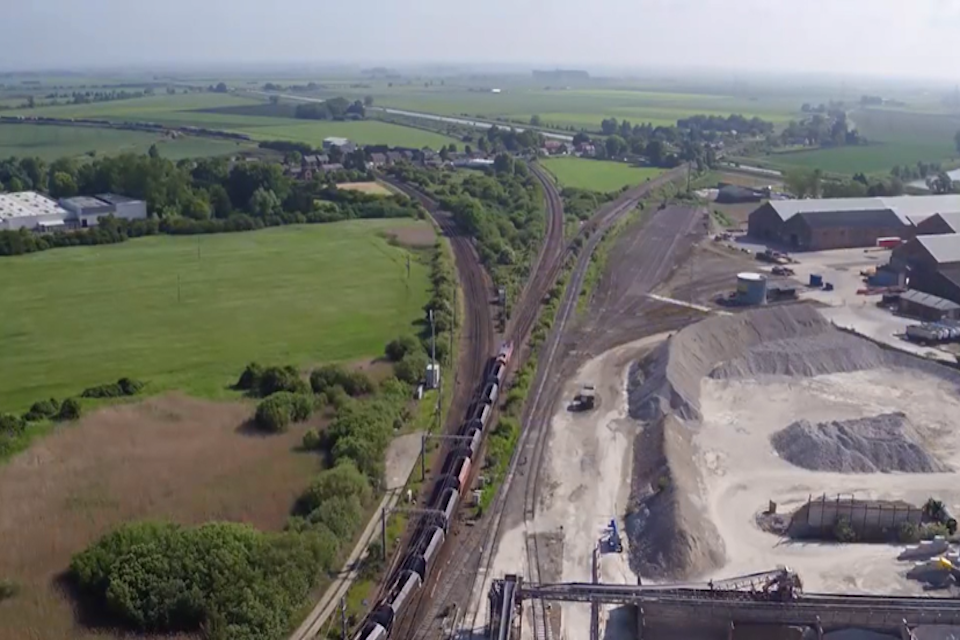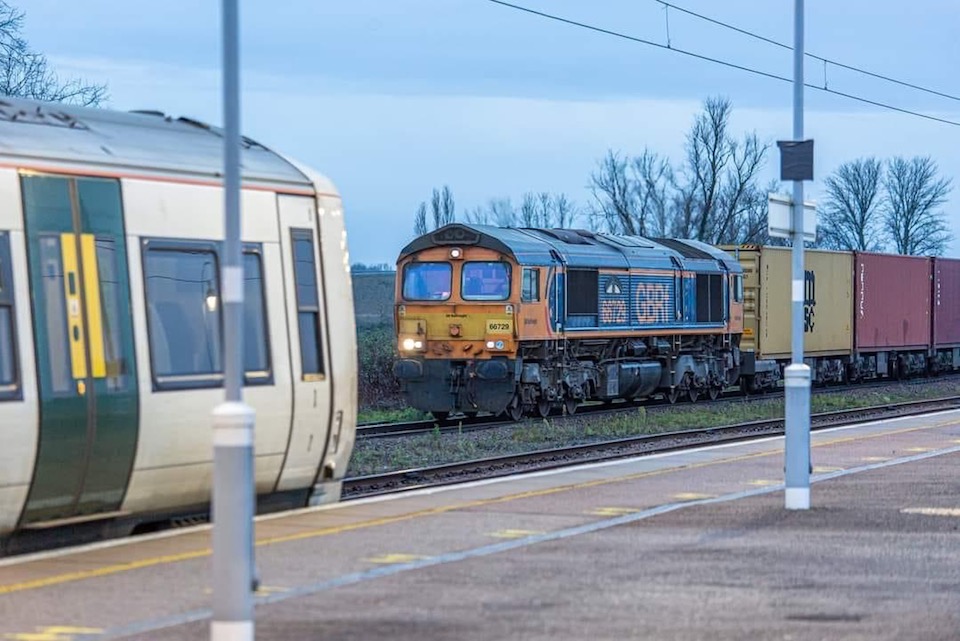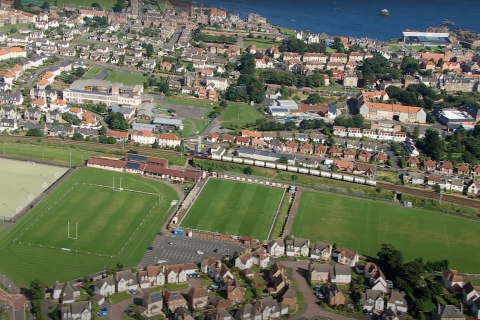Is Ely the biggest cost overshoot in Britain?

Headlines of spiralling costs and massive overruns on a project to upgrade lines around Ely, in the east of England, fail to grasp the scope of the works planned. Minor improvements to the existing infrastructure had been proposed, but the growth in traffic, principally serving the East Coast port of Felixstowe, have been reason enough for the infrastructure agency Network Rail to put much bigger plans out to public consultation. Those plans carry a much higher price tag, but would unlock vastly more capacity for freight and passenger traffic, both key elements in the UK government’s drive to a green economy.
Historically a city because of its impressive cathedral, the small east of England settlement of Ely is far better known in the industry as a railway hub, where five lines converge, and services north-south and east-west cross on the flat plains of England’s low lying Fenland region. Always a busy junction, Ely has become synonymous with idling intermodal trains, held waiting for paths across the web of junctions and switches that criss-cross either side of the modest passenger station.
Why is Ely costing so much?
For several years, Ely has been in the sights of the infrastructure agency Network Rail. They even have a vowel-heavy acronym for the project: EACE – the Ely Area Capacity Enhancement. The programme, says rail minister Chris Heaton-Harris, should be accelerated despite costs escalating to almost twenty times the original estimate. However, the minister’s headline-grabbing speech to a recent rail conference, doesn’t tell the whole story.

Jonathan Moser, managing director at Railfreight Solutions based in nearby Ipswich, adds some more weight to the debate, with local insight. “Ely may not be on the busy East Coast Mainline but all the same it is an exceptionally busy location. The relatively modest three-platform station sees 9-10 passenger services per off peak hour, one of which terminates and two of which reverse, plus typically two or three freight trains per hour. On average, up to 50-60 freight trains pass through the station every twenty-four hours, the majority of which are over 650m in length. Virtually all traffic, both passenger and freight, are on journeys of well over 100 miles, freight substantially more but even the shortest journeys are still around 70 miles making timetable regulation considerably more difficult” he says.

“Operationally, there is a lot of expensive idling whilst waiting to cross lines and access single lead junctions. The track layout at Ely, is not up to dealing with the level of traffic we now see, despite having extended the station freight loops only relatively recently. Re-designing the existing layout by re-siting switches and crossings within the current Network Rail property boundary will no longer be enough.”
Radical solutions required
Moser suggests it may take some radical solutions – solving problem junctions with grade separation. “That’s a contentious issue in a flat landscape like this”, he says. “I’m sure that is part of the reason Network Rail is progressing so carefully with consultation and managing expectations from the resident population. More switches, more track, more signalling and more station platforms will all be needed, and the single track Ely-Soham-Kennet line needs doubling. It is the only part of the Felixstowe to the Midlands freight route that is still single track – except for parts of the port branch itself. To meet demand, it needs to be upgraded, especially with Soham station on the cards to be reinstated.”

Capacity for Felixstowe is likely to remain a hot topic for a while to come. Already this week, the port has again been in the news, with a working party looking at finding additional paths in the short term, to help mitigate the current pandemic disruption in the supply chain and the expected problems around the Brexit transition at the end of December. Reliving congestion around Ely may prove both more vital than ever, and also more complex than ever.
You just read one of our premium articles free of charge
Want full access? Take advantage of our exclusive offer




